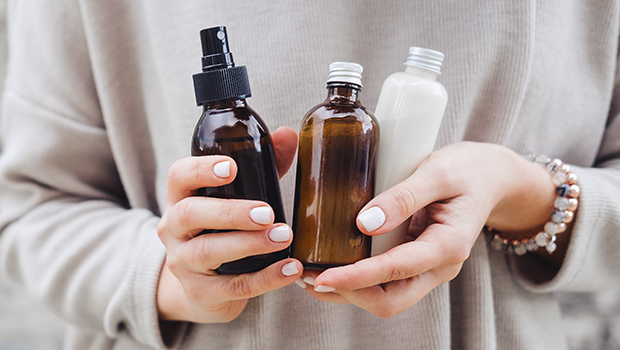How to Make Essential Oils at Home

Essential oils are a popular choice for home remedies, aromatherapy, and more. They offer you a wide range of therapeutic benefits and can be used for skincare, personal care, and home cleaning. Unfortunately, they can be expensive and hard to find at times. If you’re looking for an alternative, why not make your own?
This post will teach you how to make essential oils at home. We’ll discuss the different methods of extraction, the materials you’ll need, and the best tips and techniques for ensuring your oils are of the best quality. With the right knowledge, you can make your own essential oils and enjoy all of the benefits they have to offer without breaking the bank.
Gathering Supplies
First, gather your supplies. You will need a still to heat the oils, a glass bowl or another heat-proof container, a strainer or coffee filter, and glass bottles or jars for storing your essential oil, as well as some form of plant material (flowers, leaves, fruit, etc.) from which you want to extract the essential oil.
Preparation
Next, prepare the plant material you’re using. Depending on what type you choose, you may need to chop it up or grind it into a fine powder. For example, if you’re using flowers, grind them into a fine powder in a grinder or food processor. This will help to increase the surface area exposed to the heat during distillation and promote better extraction of the essential oils.
Distilling Essential Oils
Once your supplies are gathered and your plant material is prepared, it’s time to begin distilling essential oils. Put your prepared plant material in the still with enough water to cover it completely and bring it to a boil. Once boiling, reduce the heat and let it simmer for 1-2 hours. This process will produce steam containing your essential oils which will rise up through a condenser above the still and drip into the bowl or other container below.
Separating the Essential Oil
Once all of the steam has condensed in the bowl below the still, pour it through a strainer or coffee filter into another container to remove any solid particles of plant material that may have passed through during distillation. Once strained, you now have an extract containing both water and essential oils. To separate these two components, add one part alcohol (such as vodka) for every five parts of the extract and shake vigorously before allowing it to settle for several hours in a cool place away from sunlight. The alcohol should separate from the water and carry with it any remaining essential oils that were present in the mixture. The alcohol can then be poured off and discarded, leaving behind just the essential oil extract in the bottom of your container.
Storing Your Essential Oil
Lastly, you’ll want to transfer your freshly made essential oil into an airtight glass bottle or jar that is suitable for storing aromatic substances, such as essential oils or shower steamers, without mixing with any other ingredients that may be present in plastic containers. We recommend storing your bottle away from direct sunlight in a cool dark place, such as your pantry shelf or kitchen cupboard to preserve its quality over time.
Uses for Essential Oils
Once you have made your own homemade essential oil using these steps, there are many ways you can use this natural product around your home for various purposes, like cleaning surfaces and fabrics, adding fragrances to cosmetics like creams and lotions, calming aromatherapy, adding flavorings to food, or making bath products such as spritzers, bath salts, and shower steamers. Experimenting with different recipes can help you discover creative new uses for your homemade essential oils!
Making essential oils at home is a simple process that anyone can do with the right supplies and instructions. Not only are you able to save money on the expensive store-bought options, but you can also have fun creating your own custom essential oils that fit your individual needs. Whether you’re looking for something relaxing, stimulating, or simply fragrant, the possibilities are endless when you make your own essential oils from plants you can find right in your own backyard. With just a few supplies and a little bit of time, you can have your own homemade essential oil that can be used in a number of different ways around your home.